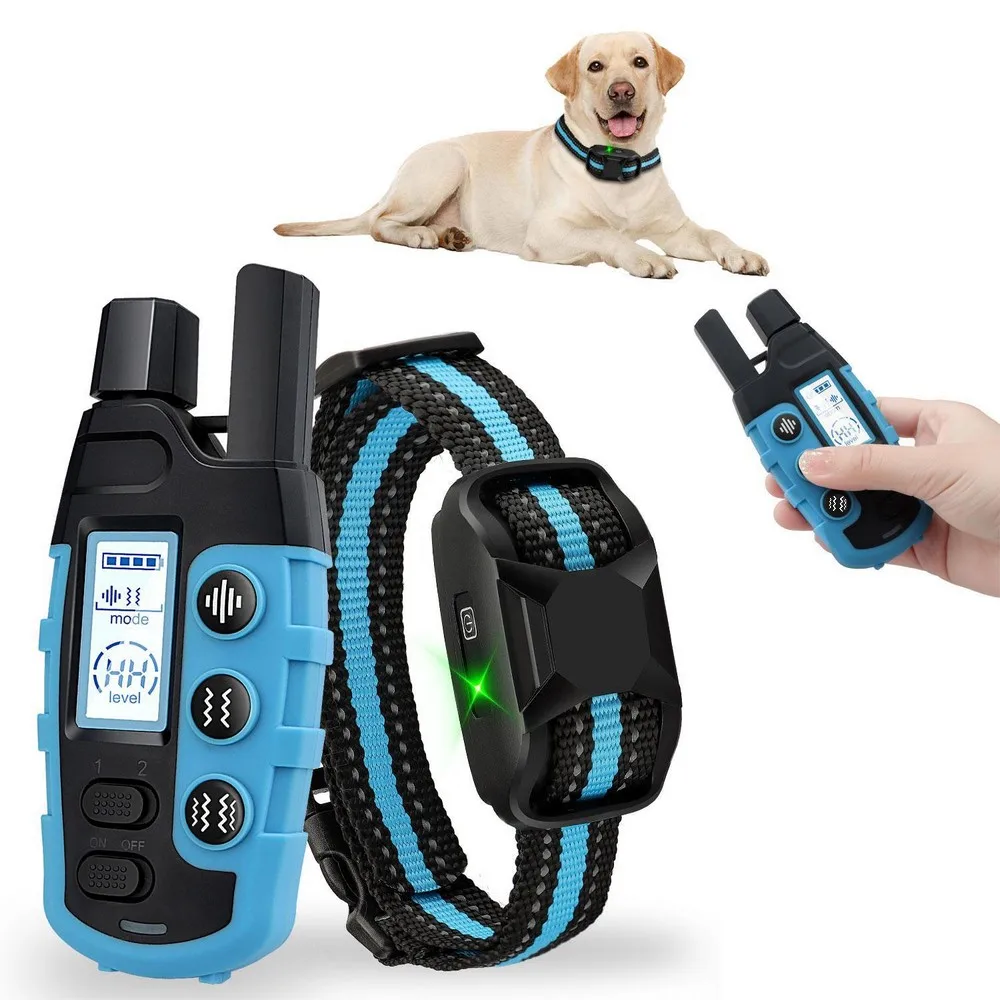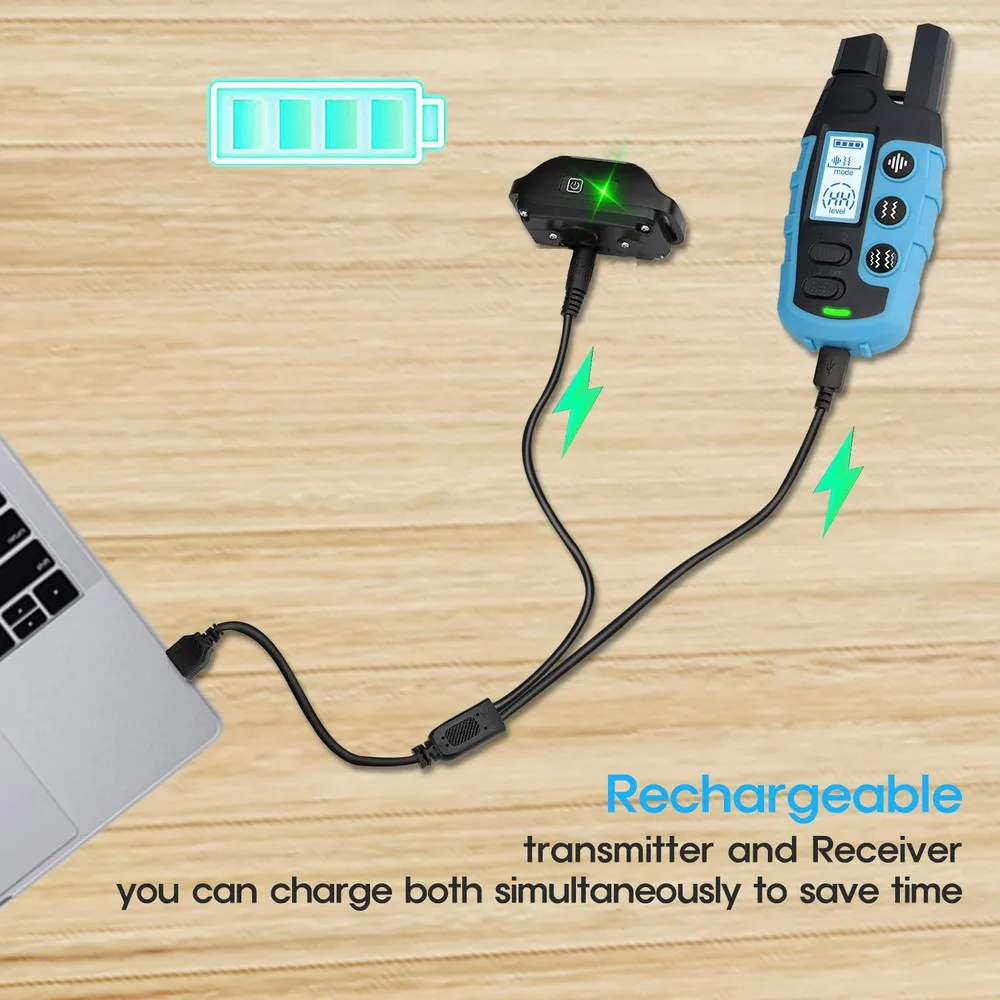Introduction to Shock Collar Training
Training dogs can be challenging. Some behaviors are difficult to correct using traditional methods alone. Many people turn to shock collars, also known as e-collars or electronic collars, as a solution. Using shock collars is a contentious topic. Some believe they are effective tools for training, while others worry about their ethical implications. This comprehensive guide will explore the ins and outs of training dog with shock collar, including their history, types, effective use, and ethical considerations.

Why Consider Shock Collar Training?
Shock collars provide immediate feedback to correct undesirable behaviors. They are particularly useful for off-leash training and addressing behaviors such as aggression or excessive barking. When used correctly, shock collars can be a valuable tool for dog owners. They offer a way to communicate with dogs when voice commands fail. However, it’s essential to use them responsibly to ensure the well-being of the dog. Proper training and understanding of the device are crucial for effective and humane use.
History and Evolution of Shock Collars
Understanding the history and evolution of shock collars can give you a better perspective on their current use and technology. From crude beginnings to sophisticated devices, shock collars have come a long way.
Early Days of Shock Collars
Shock collars were first introduced in the 1960s. They were initially designed for hunting dogs to keep them within range and control their behavior in the field. The early designs were basic and often criticized for being too harsh. The technology was rudimentary, and the devices delivered strong shocks that many considered inhumane.
Advancements in Technology
Over the years, advances in technology have led to significant improvements in shock collars. Modern collars offer a range of settings, from mild vibrations to stronger shocks. Many devices now include options for beeping or vibrating before delivering a shock, providing a warning to the dog. These features allow for more humane and effective training methods. The ability to adjust the intensity level enables the trainer to tailor the collar to the individual dog’s needs.
Modern Shock Collars
Today’s shock collars are sophisticated devices. They often come with remote controls, enabling trainers to correct behavior from a distance. Many modern collars also include GPS tracking, allowing owners to monitor their dog’s location. The improved technology ensures more precise and humane training. Manufacturers now focus on creating collars that are both effective and kind to the dog.
Increasing Popularity
Despite ongoing debates, the popularity of shock collars continues to grow. Many trainers and dog owners find them beneficial for correcting problematic behaviors. The convenience and immediate feedback they provide make them appealing. Advances in technology and better understanding of humane training methods have made shock collars more acceptable. As a result, more people are exploring this training tool for their pets.
Different Types of Shock Collars
Shock collars come in various types, each designed for different training needs. Understanding the types can help you choose the most suitable one for your dog.
Basic Shock Collars
Basic shock collars are the most straightforward type. They come with a remote control for delivering shocks.
Features
Basic shock collars typically have adjustable intensity levels. They may include options for sound and vibration warnings before a shock. The range varies, but most have a reach of up to 1,000 yards.
Pros and Cons
Basic shock collars are easy to use and affordable. They are suitable for general training purposes. However, they lack advanced features such as GPS tracking or multiple training modes. This simplicity can be a disadvantage for more complex training needs.
Advanced Shock Collars
Advanced shock collars offer more features and customization options. They are designed for specialized training.
Features
Advanced collars often include GPS tracking, multiple intensity levels, and various training modes. Some models allow you to set up virtual fences or zones. They also provide data on the dog’s activity and behavior patterns.
Pros and Cons
Advanced shock collars offer greater versatility and functionality. They are ideal for complex training situations and off-leash activities. However, they are more expensive and may require more time to learn how to use effectively. The added features can be overwhelming for some users.
No-Shock Collars
No-shock collars are an alternative to traditional shock collars. They use vibrations and sounds to correct behavior instead of shocks.
Features
No-shock collars usually offer adjustable vibration levels and multiple sound settings. They are designed to gently guide the dog without causing pain. Some models include features like GPS tracking and remote control.
Pros and Cons
No-shock collars are a more humane option, reducing the risk of causing pain or distress. They are suitable for sensitive dogs and basic training needs. However, they may not be as effective for severe behavior problems. The lack of shock capability can limit their usefulness in some situations.
Sport and Hunting Collars
Sport and hunting collars are designed specifically for working dogs involved in activities like hunting or competitive sports.
Features
These collars often include long-range capabilities, waterproof design, and advanced tracking features. They are built to withstand harsh outdoor conditions and provide reliable performance.
Pros and Cons
Sport and hunting collars are ideal for working dogs and outdoor activities. They offer specialized features that enhance training and safety. However, they are more expensive and may be overkill for standard pet training needs. The specialized design can also be cumbersome for everyday use.
How to Choose the Right Shock Collar
Choosing the right shock collar involves several factors. These include your dog’s size, temperament, and the specific behaviors you want to address. Making an informed decision ensures effective and humane training.

Assessing Your Dog’s Needs
Understanding your dog’s needs is crucial for selecting the right shock collar. Different dogs have different training requirements.
Size and Weight
The size and weight of your dog will influence the type of collar you choose. Ensure the collar is suitable for your dog’s size to avoid discomfort or ineffectiveness. Heavy collars can be cumbersome for smaller dogs.
Temperament
Your dog’s temperament also plays a role. Sensitive dogs may respond better to vibrations or sound warnings, while more stubborn dogs might need a stronger correction. Consider your dog’s personality when choosing a collar.
Understanding Your Training Goals
Your training goals will determine the features you need in a shock collar. Whether you’re addressing specific behaviors or general training, different collars offer various functionalities.
Basic Obedience
For basic obedience training, a simple shock collar with adjustable levels of correction may suffice. Look for features like sound and vibration warnings. These can provide a gentler approach to training.
Behavior Correction
If you’re addressing specific behaviors like aggression or excessive barking, you may need a more advanced collar. Features like multiple training modes and data tracking can be beneficial. These collars offer more flexibility and precision in training.
Off-Leash Training
For off-leash training or working dogs, consider a collar with long-range capabilities and GPS tracking. This ensures you can monitor and correct your dog from a distance. These features enhance safety and control.
Evaluating Features
The features of a shock collar can significantly impact its effectiveness and usability. Understanding these features can help you make an informed decision.
Intensity Levels
Look for collars with adjustable intensity levels. This ensures you can tailor the correction to your dog’s sensitivity. Multiple levels provide more control and flexibility in training.
Sound and Vibration Warnings
Sound and vibration warnings are essential for humane training. They provide an initial cue before delivering a shock, allowing the dog to respond to a gentler correction. This can reduce the need for shocks.
Remote Control
A remote control allows you to deliver corrections from a distance. This is especially useful for off-leash training and addressing behaviors as they occur. Ensure the remote is easy to use and has a good range.
Reading Reviews and Recommendations
Reading reviews and recommendations can guide you in choosing the right training dog with shock collar. They provide insights into the product’s performance and usability.
Online Reviews
Read online reviews to get feedback from other users. Look for consistent comments on the collar’s effectiveness, ease of use, and durability. These reviews can provide a balanced perspective.
Expert Recommendations
Experts often review and recommend shock collars. Their insights can help you make an informed choice based on professional evaluations. Look for reviews from reputable sources.

Final Thoughts
Training dog with shock collar offers a blend of effectiveness, convenience, and practicality. Understanding the different types and best practices can help you make an informed choice. Proper care and maintenance ensure the longevity and performance of the collar. With continuous innovation, the future looks bright for this training tool. Investing in a shock collar means committing to responsible and humane training methods. Make a wise choice and enjoy the benefits of effective and ethical dog training with a shock collar. Elevate your training approach and embrace the potential of advanced technology for a well-behaved and happy dog.
